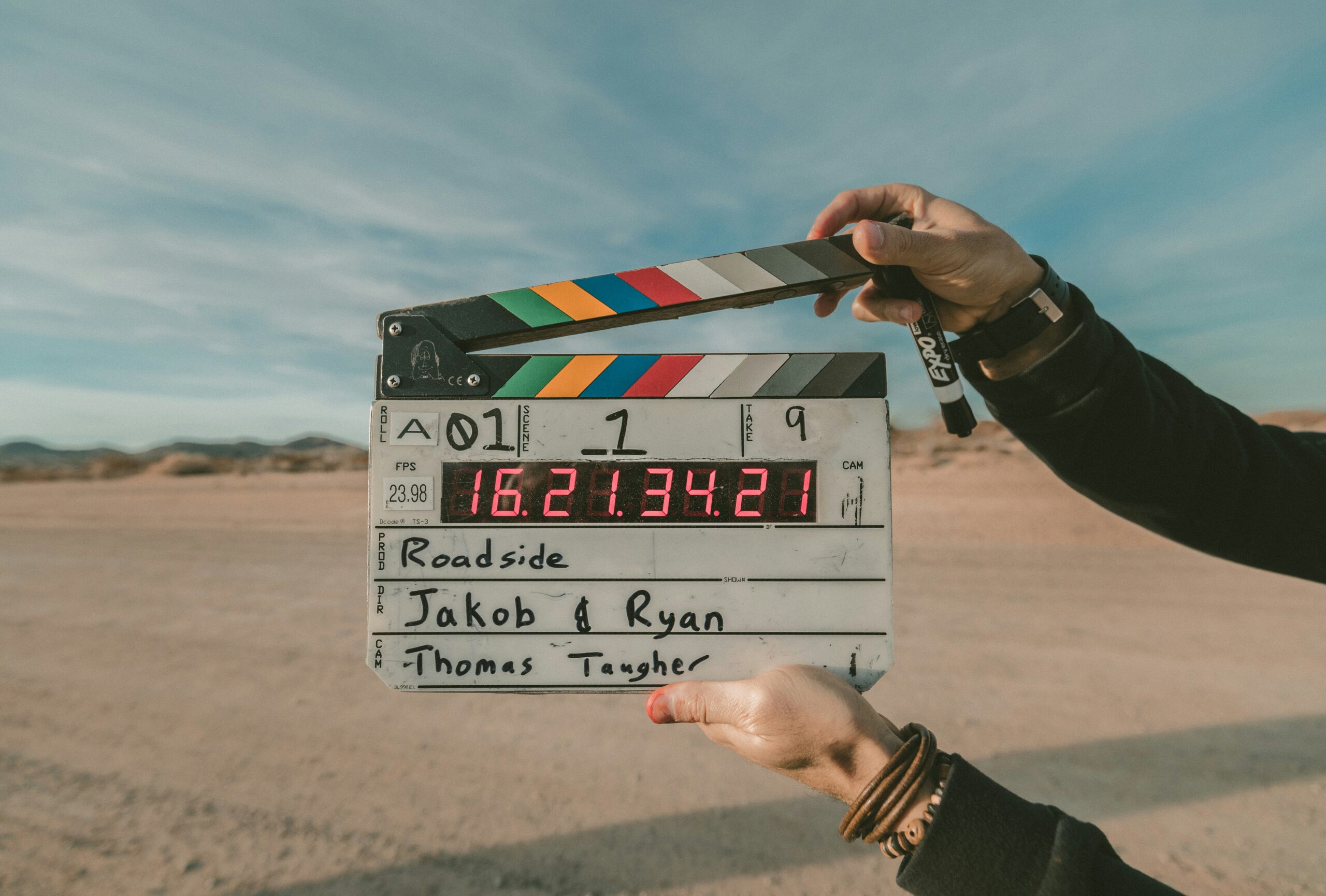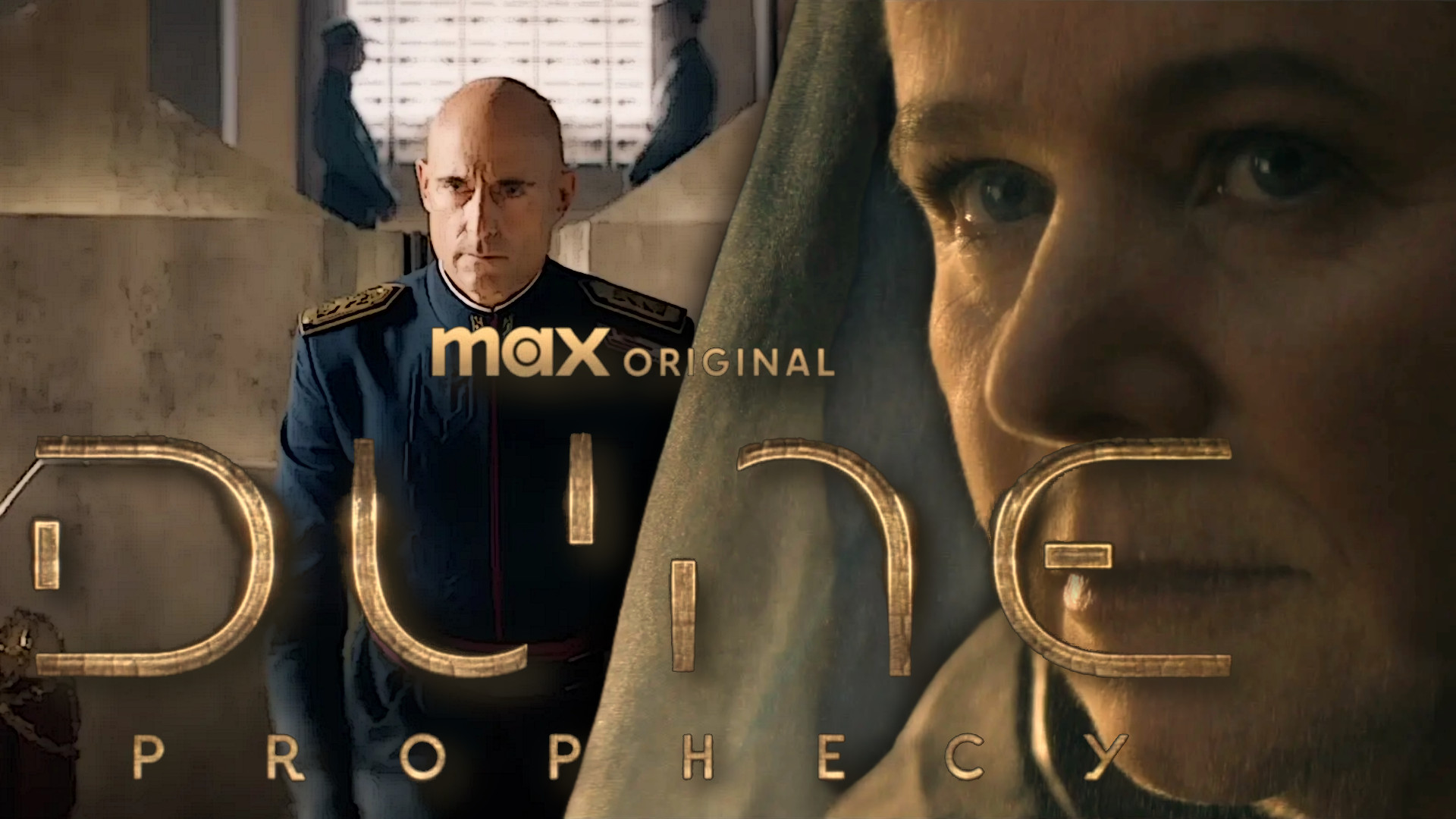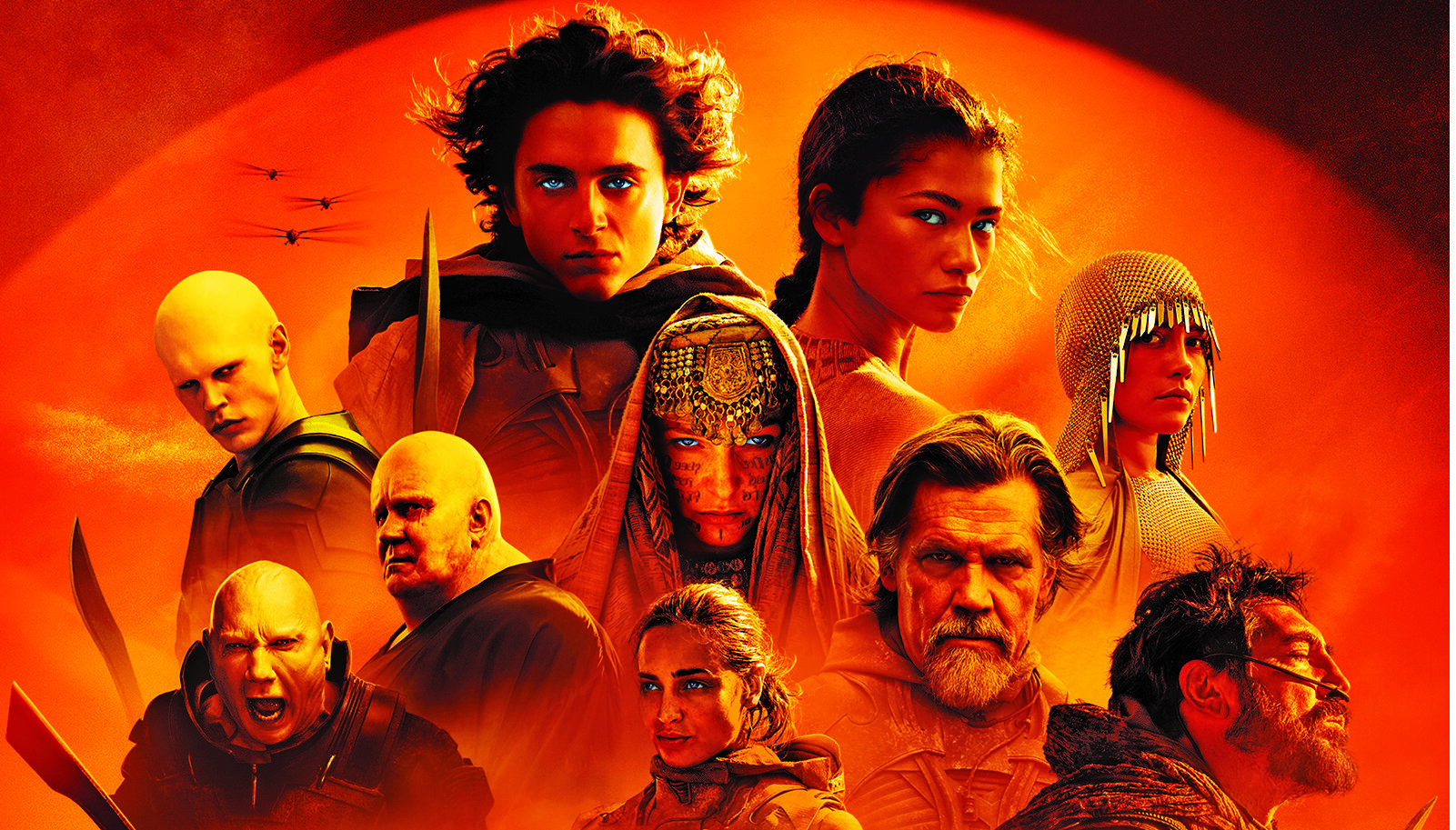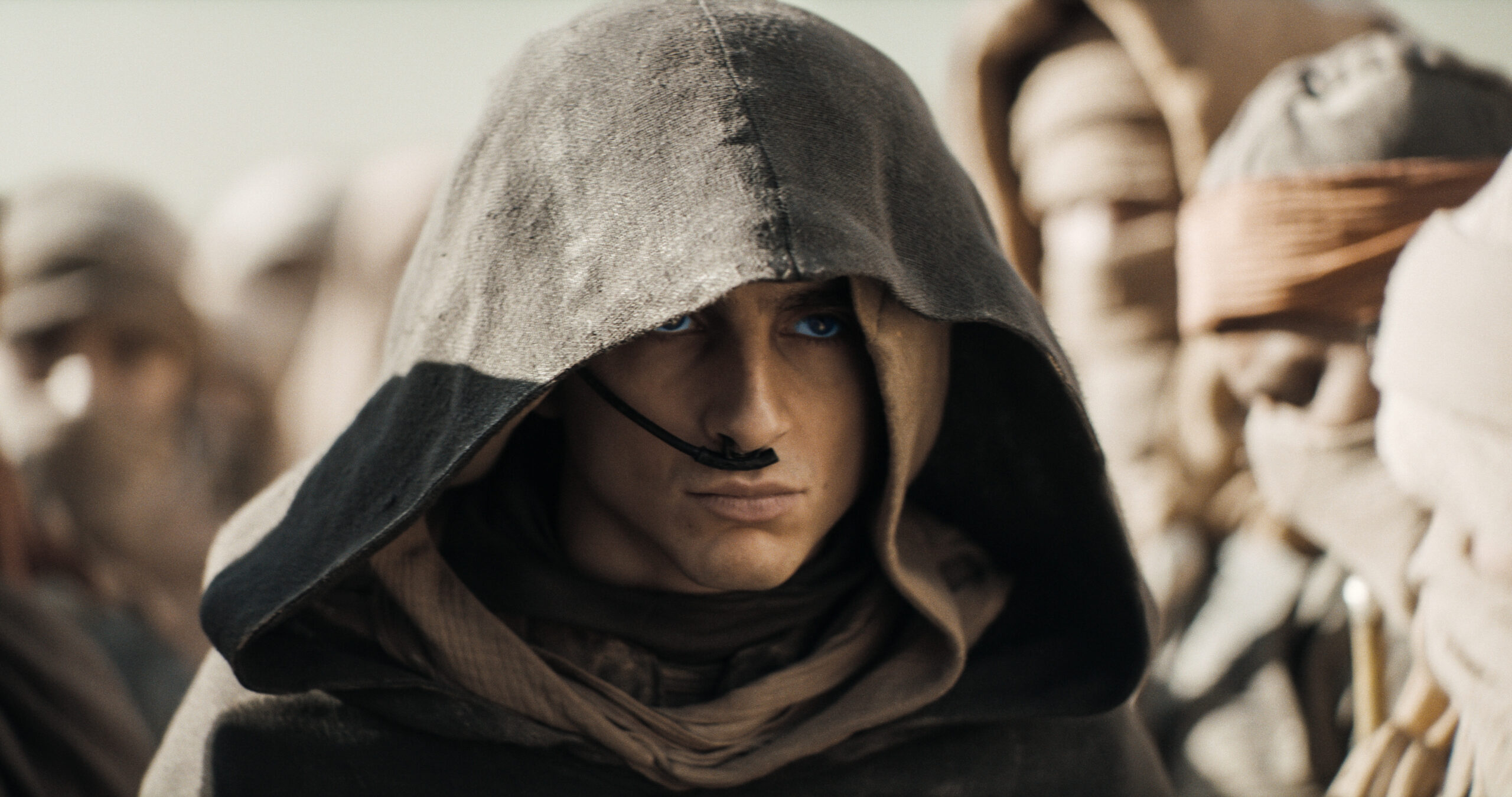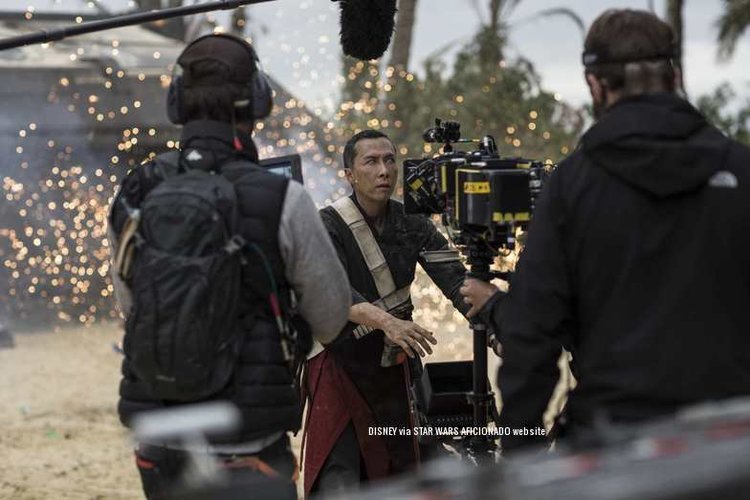https://unsplash.com/photos/clap-board-roadside-jakob-and-ryan-CiUR8zISX60
When diving into ‘Dune 2’ depths, the literary and cinematic universes unfold in stunning complexity and beauty. Yet, as one transitions from the pages to the screen, notable shifts and adaptations become apparent. Here are five critical areas where the book and film versions of ‘Dune 2’ diverge, each offering a unique lens through which to explore this multifaceted narrative.
1. Character Portrayals
Character development takes on different forms in the book versus the film. The novel’s expansive length allows gradual character evolution, detailed backstories, and a deeper understanding of each character’s psychological landscape. The film adaptation, while still offering compelling character arcs, often has to condense these developments, relying on significant moments and interactions to convey growth and change. This compression can lead to a different perception of characters, where the film sometimes amplifies certain traits to establish identities and motivations quickly within the limited screen time.
As a student, you may want to explore Dune characters in an essay. If so, you will probably need help researching this extensive book series. Contact https://ukwritings.com/ for professional academic assistance with paper writing and research. They hire skilled writers who can elevate your essay-writing game.
2. Narrative Structure
The narrative structure of ‘Dune 2’ transforms from book to film. In the literary world, Frank Herbert crafts a tale rich with internal monologues and detailed expositions, allowing readers to delve into the intricate thoughts and motivations of characters. The film, constrained by time and the visual medium, streamlines these narratives, focusing on action and dialogue to drive the story forward. This shift from a deep, introspective journey to a more externally driven narrative changes how audiences engage with the plot and characters, offering a faster-paced but potentially less nuanced experience.
3. World-Building Elements
The intricate world-building of ‘Dune 2′ is a hallmark of Herbert’s work, immersing readers in the complex socio-political structures, environmental details, and cultural nuances of the Dune universe. The film adaptation visually brings this world to life, showcasing stunning landscapes, costumes, and technologies that reflect the book’s descriptions. However, the film necessarily selects and emphasizes certain aspects over others, potentially altering some elements’ perceived importance or function. While the film can visually mesmerize, it might not capture the full depth of the book’s world-building, trading detailed exposition for visual spectacle.
4. Themes and Interpretations
The exploration and emphasis of themes such as power, destiny, and human nature in ‘Dune 2’ vary significantly between the book and film, each medium offering a distinct approach:
- Nuanced Narrative and Dialogue. The book delves into themes with detailed narrative and rich dialogue, enabling a layered exploration of complex concepts.
- Multifaceted Exploration. This approach in the book encourages deep thinking, often leaving readers pondering over the nuanced presentation of themes.
- Streamlined Themes for Film. The film adaptation aims for wider appeal, simplifying and focusing on more universally relatable interpretations of these themes.
- Visual Delivery. The film conveys themes through compelling visual storytelling, using dramatic scenes and imagery to impact audiences.
- Medium’s Impact on Message. The contrast in thematic treatment between the book and film highlights how medium choice influences depth and complexity in theme exploration.
This comparative analysis reveals how the book and film’s differing presentations invite fans to reflect on the medium’s role in shaping thematic messages, highlighting the trade-offs between complexity and accessibility.
5. Audience Experience
Ultimately, the transition from book to film alters the audience’s experience of ‘Dune 2’. Reading the book is a solitary, imaginative process where individuals construct the universe in their minds, guided by Herbert’s descriptive prose. Watching the film is a collective, sensory experience where the visual and auditory elements crafted by filmmakers shape the perception of the story. This fundamental difference in consumption affects how audiences connect with the story, with the book offering a deeply personal journey into the Dune universe and the film providing a shared, visually driven exploration of its themes and narratives.
Summing Up
In comparing the book and film versions of ‘Dune 2’, it’s clear that each medium brings its strengths to tell this epic tale. While the book allows for a deeper dive into the inner workings of the Dune universe, the film adapts the story for a visual and communal audience experience. Together, they offer complementary perspectives on a complex narrative, enriching our understanding and appreciation of Herbert’s visionary work.
Author: Sam Stahl
Sam Stahl is a seasoned article writer and a respected professor of literature known for his insightful analysis and passion for storytelling. With decades of experience in academia and online publishing, he makes complex literary concepts accessible to a wide audience. Sam’s work bridges the gap between scholarly research and everyday reading, enriching the literary landscape with his contributions.
